Some of my blogs surely do stray away from the app side of things and today’s miniature greenhouse entry is no exception. I’ve always wanted to build my own full size greenhouse and now that the kids are grown and heading their own way I have a lot of time on my hands to do just that. Over the years though I’ve made due quite nicely with a miniature version that fits right on my windowsill and the best part is the cost …….. nothing!!!. Once you have your seeds started and they’ve poked through the soil grab yourself a clear plastic water or soda bottle. You can use a full size liter bottle or if space is at a minimum use the regular 16 ounce bottles. You can always start them off in the smaller one and transfer the pot into the bigger bottle later on if they get to big.
The first thing you want to do is remove the label.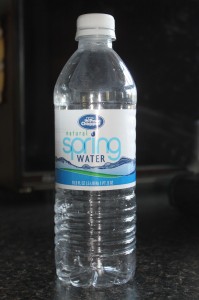 Next, measure up about 1 1/2 inches from the bottom. Take a sharp knife or utility knife and cut a straight line around the bottle at the 1 1/2 inch mark. Don’t throw the bottom away
Next, measure up about 1 1/2 inches from the bottom. Take a sharp knife or utility knife and cut a straight line around the bottle at the 1 1/2 inch mark. Don’t throw the bottom away 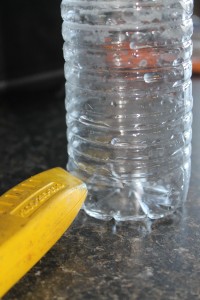 your going to use this to hold your pot in. Place your pot in the bottom piece and then gently slide the top part of the bottle over the bottom piece.
your going to use this to hold your pot in. Place your pot in the bottom piece and then gently slide the top part of the bottle over the bottom piece.
If your having trouble getting the top of the bottle to slide over the bottom use a pair of scissors to cut three vertical lines in the bottom piece, your top should slide over easier now and still fit snugly. Unscrew the cap or slide the bottom back off if you need to water the plants.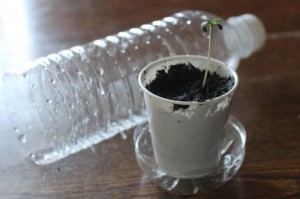 I place a little gravel in the bottom of my bottle for drainage and it also lets the plant sit flatter and not as prone to tip from side to side. All that’s left now is to place your bottles on the windowsill and watch your plants grow. When it’s time to transplant to the garden save those bottles for next season, they’ll come in handy to start all over again.
I place a little gravel in the bottom of my bottle for drainage and it also lets the plant sit flatter and not as prone to tip from side to side. All that’s left now is to place your bottles on the windowsill and watch your plants grow. When it’s time to transplant to the garden save those bottles for next season, they’ll come in handy to start all over again.
I’m sure you’ll enjoy your miniature greenhouse, there’s a lot of satisfaction in starting your own plants from seedlings.
Happy gardening & good luck with that green thumb!!







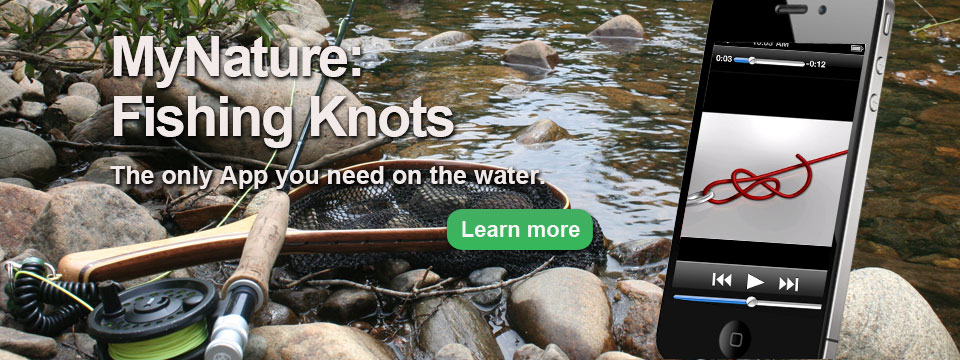


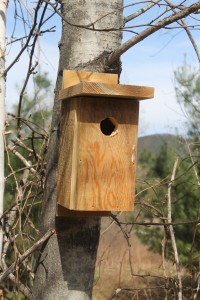
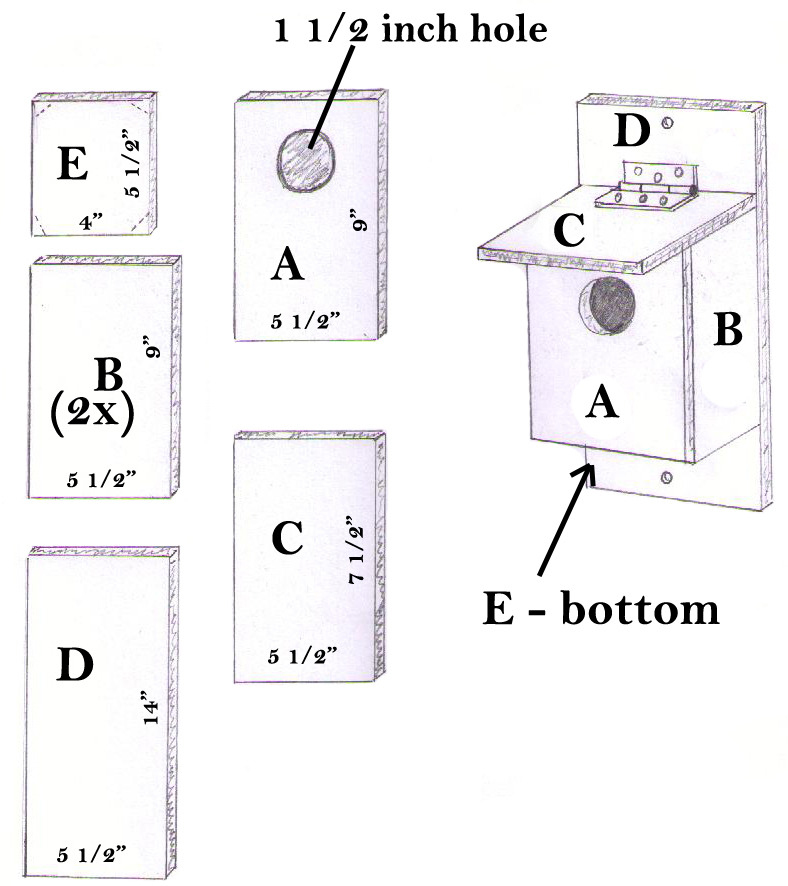
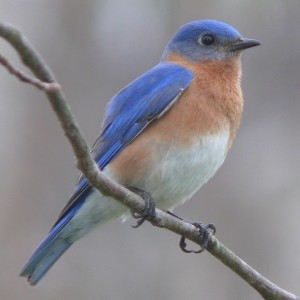





What Others Have to Say